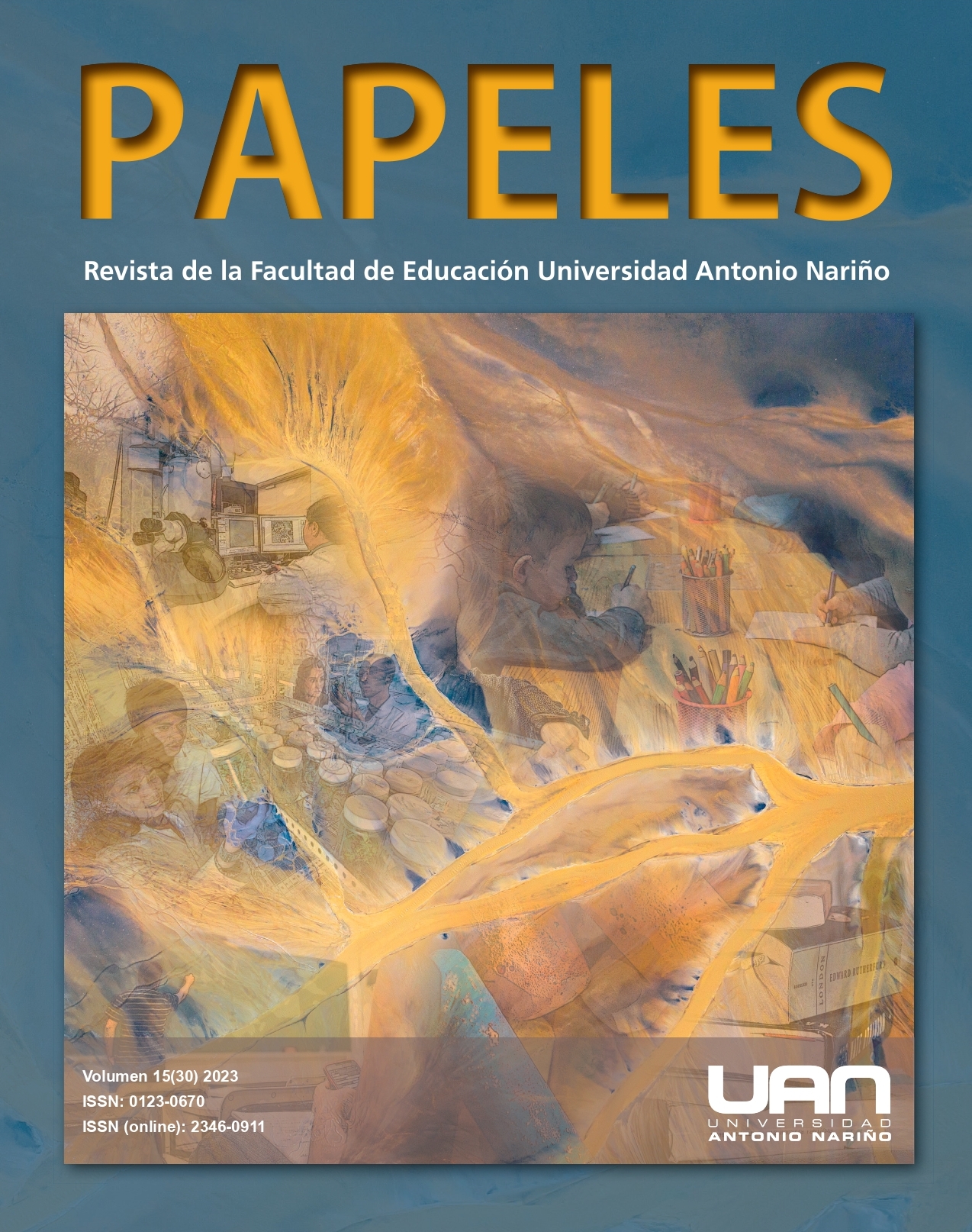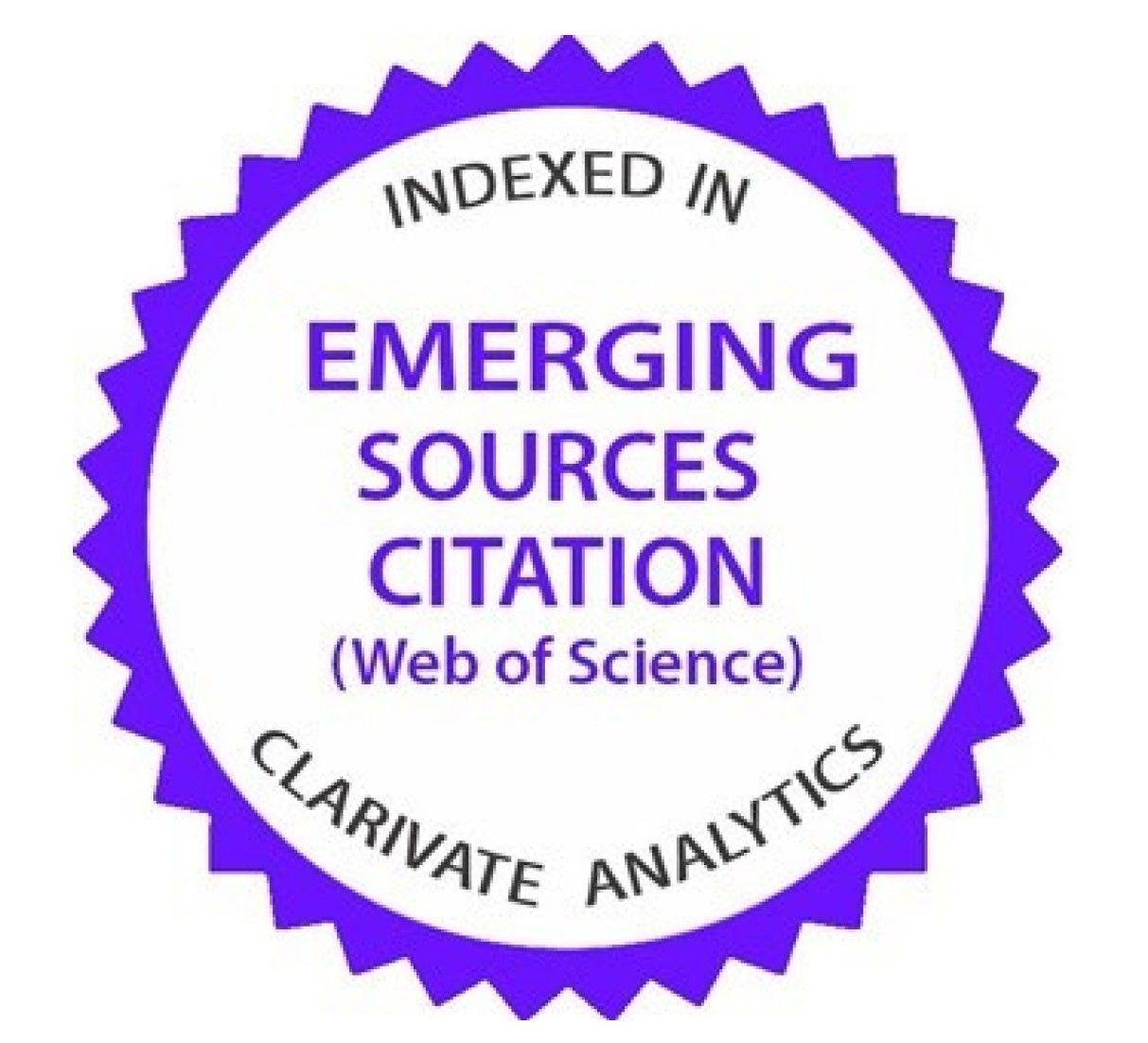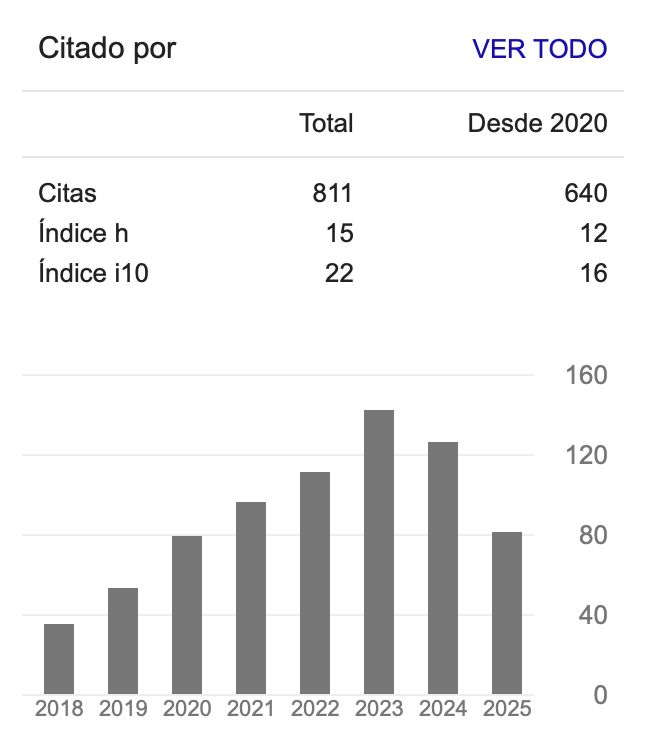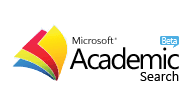Análisis y evaluación de videos educativos de YouTube como recurso para la asignatura de Matemáticas en Secundaria
Analysis and Evaluation of Youtube’s Educational Videos as a Resource for the Subject of Mathematics in Secondary School
DOI:
https://doi.org/10.54104/papeles.v15n30.1431Palabras clave:
autoaprendizaje, enseñanza asistida por computador, evaluación de la tecnología, educación, enseñanza secundaria, matemáticas, video educativoResumen
Introducción: YouTube es un inmenso catálogo de videos de diversos temas, y es un precepto acudir a esta red social para ver tutoriales y resolver dudas respecto de un tema específico. Los edutubers facilitan el trabajo como edutubers educativos; pero, para ser precisos y rigurosos en la selección de estos, es necesario disponer de recursos y herramientas que nos posibiliten evaluarlos bajo criterios pedagógicos. Este estudio tiene como objetivo principal de la investigación definir un proceso de selección que determinará un catálogo de videos pedagógicos y didácticos de matemáticas para el nivel educativo de secundaria en Italia y en relación con aquellos videos más utilizados por el alumnado. Metodología: se preguntó a 4845 estudiantes, de entre 13 y 22 años que viven en Italia, cuál/cuáles edutuber/s o canales de YouTube utilizan matemático. Luego, se analizaron cinco videos y los aspectos a evaluar que se identifican en relación con los siguientes criterios: a) curriculares; b) técnicos, estéticos y expresivos; c) pedagógicos; d) didácticos matemáticos, y e) accesibilidad. Se utilizó como instrumento para la recogida de datos e información un cuestionario validado mediante juicio de expertos y alfa de Cronbach. Resultados y discusión: los resultados demuestran principalmente que el alumnado utiliza YouTube como recurso de consulta y ayuda para comprender las matemáticas en niveles educativos de secundaria, y se debe señalar que no existe un perfil determinado para la utilización de esta red social. Conclusiones: se concluye que para los estudiantes es necesaria la claridad del contenido presentado, pero, sobre todo, cómo se presenta, al distinguirse los dos canales que, a paridad de contenido bien presentado, atienden y cuidan los aspectos técnicos, estéticos y expresivos.
Descargas
Citas
Delgado Pineda, M. y Estrada López, B. (2017). Nuevas tecnologías en la enseñanza. 100cias@uned, 10, 286-289. http://e-spacio.uned.es/fez/eserv/bibliuned:revista100cias-2017-numero10ne-5345/Videos_algebra.pdf
Era postdigital: Cuando lo digital deja de ser revolución, ¿qué ocurre? (s. f.). Foxize. https://www.foxize.com/blog/era-posdigital-cuando-lo-digital-deja-de-ser-revolucion-que-ocurre/
George, D. & Mallery, P. (2003). SPSS for Windows step by step: A simple guide and reference. 11.0 update (4.ª ed.). Allyn & Bacon.
Gil-Quintana, J., Malvasi, V., Castillo-Abdul, B. & Romero-Rodríguez, L. M. (2020). Learning leaders: Teachers or youtubers? Participatory culture and STEM competencies in italian secondary school students. Sustainability, 12(18), 7466. https://doi.org/10.3390/su12187466
Izquierdo-Iranzo, P. y Gallardo-Echenique, E. E. (2020). Estudigramers: Influencers del aprendizaje. Comunicar, 28(62), 115-125. https://doi.org/10.3916/C62-2020-10
Jandrić, P., Knox, J., Besley, T., Ryberg, T., Suoranta, J. y Hayes, S. (2019). Ciencia postdigital y educación. Communiars: Revista de Imagen, Artes y Educación Crítica y Social, 2, 11-21. https://dx.doi.org/10.12795/Communiars.2019.i02.01
Maziriri, E. T., Gapa, P. & Chuchu, T. (2020). Student perceptions towards the use of YouTube as an educational tool for learning and tutorials. International Journal of Instruction, 13(2), 119-138. https://doi.org/10.29333/iji.2020.1329a
Ramos Palacios, L. A., Casas García, L. M. y Torres Carvalho, J. L. (2018). Dificultades en la enseñanza del álgebra: Un enfoque cualitativo. CIAIQ2018, 1, 551-559. https://proceedings.ciaiq.org/index.php/ciaiq2018/article/view/1681/1633
Ramos Palacios, L. A., Guifarro, M. I., & Casas García, L. M. (2021). Dificultades en el aprendizaje del álgebra, un estudio con pruebas estandarizadas. Bolema: Boletim de Educação Matemática, 35, 1016-1033.
Romero-Tena, R., Ríos-Vázquez, A. y Román-Graván, P. (2017). YouTube: Evaluación de un catálogo social de videos didácticos de matemáticas de calidad. Prisma Social, 18, 515-539. https://www.redalyc.org/pdf/3537/353751820018.pdf
Rosenshine, B. & Furst, N. (1971). Research on teacher performance criteria. Research in teacher education: A symposium. Prentice-Hall.
Saurabh, S. & Gautam, S. (2019). Modelling and statistical analysis of YouTube’s educational videos: A channel Owner’s perspective. Computers & Education, 128, 145-158. https://doi.org/10.1016/j.compedu.2018.09.003
Tejera Osuna, S. M., Osuna Acedo, S., Martí Guiu, J., Gil Quintana, J., López Gutiérrez, S., Marta Lazo, C. y Cantillo Valero, C. (2020). Didácticas innovadoras para influencers del aprendizaje. UNED.
Descargas
Publicado
-
Resumen795
-
PDF305
Cómo citar
Número
Sección
Categorías
Licencia
Derechos de autor 2023 Viviana Malvasi, Javier Hueso Romero

Esta obra está bajo una licencia internacional Creative Commons Atribución-SinDerivadas 4.0.







 Portal de Ciencia Abierta
Portal de Ciencia Abierta